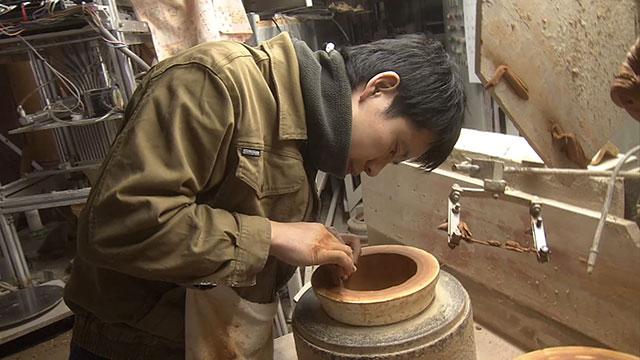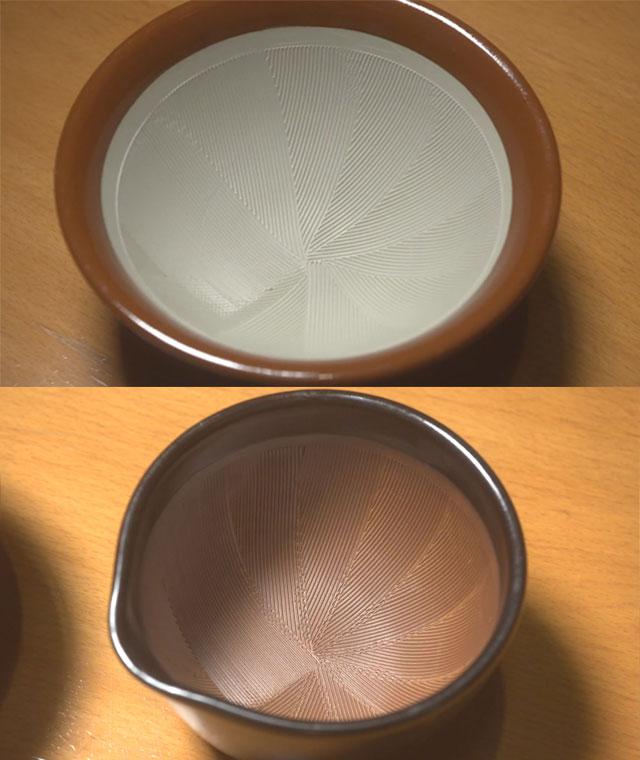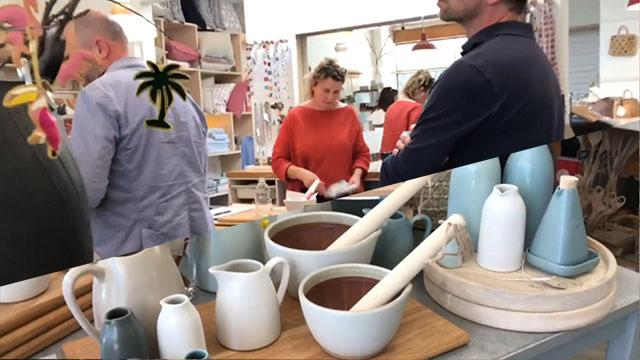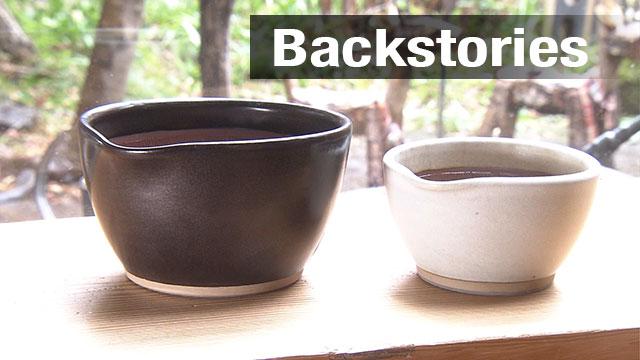Ceramic mortars, known as suribachi, have been a feature of Japanese cooking for centuries. People use them to grind everything from sesame seeds to miso bean paste.
But in the age of instant soup and electric mixers, people are less likely to reach for the traditional grinder --- and that's bad news for the industry that makes them. Motoshige, a suribachi maker in western Japan, is breaking with tradition in a bid to revive sales.
With a few modern twists, the craftsman is breathing life back into an age-old design.
From kitchen tool to elegant dish
The humble mortar and pestle is stepping out of the kitchen shadows. I discovered this at a fashionable homeware store in Shimane Prefecture, where a spot-lit display of elegant earthenware bowls attracts a steady stream of customers.

Customers admire the craftsmanship, especially the finely carved grooves. "I never thought I needed this product. But this one has totally changed such mind," one woman told me. "Its modern shape and color looks good on the table."
Some customers see no reason to stop at one. They get two or three in different colors and sizes.
Industry under pressure
The new range of bowls comes from Motoshige Pottery, a local firm that's been turning out suribachi for about 50 years. Sales of the updated product line have reached about 500 a month since launching in February 2018.
Shinichi Motoshige is Number Two at the family-run company, and like all the staff, he makes everything by hand.

The push to update designs started several years ago, when the ceramics maker became alarmed at falling sales.
Motoshige says, "Some people are still buying mortars. But unless we act there's a possibility that demand may eventually dry up."
Adding style to the mix
Aiming to reshape the business, Motoshige approached high-end cookware stores. One shop suggested he design mortars so that they could be used not just to prepare food but to serve it, too.
Motoshige went back to his workshop brimming with ideas. He tried out different colors to see which look best on a dining table. He settled on black and white for a modern look but made the inner part a reddish brown to lend a more traditional style.

He also made some important changes to the way his bowls function. With standard mortars, the ingredients rise as you grind them. That requires you to re-center the mix every few strokes, while supporting the mortar with your other hand.
Motoshige's suribachi are deeper. That way, it's easier to grind ingredients, which stay in the center. It also leaves one hand free to hold a baby -- or reach for more spice.
Customers welcomed the change. "They are cute. I also love their appearance," said one young mother.
Growing demand from abroad
The positive response gave Motoshige the confidence to try his hand in new markets. Last September, he started selling his mortars in Australia -- where he felt immediately at home. One designer cookware shop has been selling as many as 100 of his products a month.
"I realized mashing and grinding ingredients for cooking is an international culture."
Australians like to mash nuts for salad and grind herbs into a paste. In Europe, people use mashed ginger, garlic and apple in their cuisine. Each country has their own take on breaking down food -- and Motoshige wants to help improve the experience.

His mortar was a hit at an exhibition held in Germany and the Netherlands. And it's now attracting attention in the US and Canada.
"The global reaction to our new line-up of mortars has made me realize the potential for Japanese traditional products," he said.
Excellent craftsmanship is one reason. Motoshige has found a way to combine function and fashion.
But Motoshige' s story also showed me how important it is to understand the market to improve your product. He has found success by learning people's real needs and desires.
Motoshige says, "My hope is that one day, when people think of suribachi, they'll think of ours."

